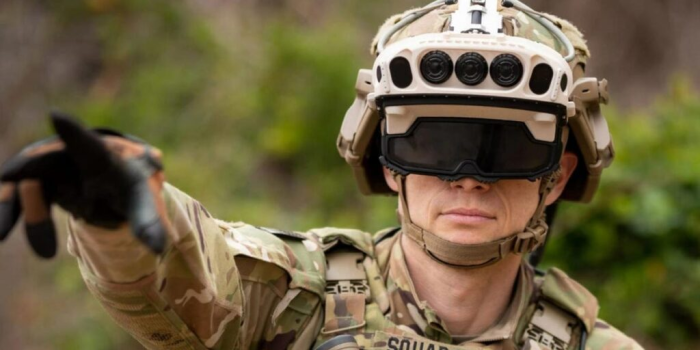In the fast-evolving realm of military technology, the battlefront isn’t just a physical landscape—it’s increasingly a digital one. As the lines between reality and virtual reality blur, soldiers find themselves susceptible to a unique adversary: cognitive attacks. To fortify their defenses, the Defense Advanced Research Projects Agency (DARPA) has embarked on a mission to build cutting-edge technology, shielding troops from potential virtual hazards.
This initiative seeks to develop tactical mixed reality systems, specifically designed to counter cognitive attacks. These attacks, as detailed in program documents, encompass a spectrum of strategies: from flooding information channels to induce equipment lag, to inundating displays with real-world objects, subverting personal area networks to sow chaos, and even injecting virtual distractions to bewilder personnel.

One aspect highlighted in these strategies is the deliberate induction of physical discomfort, colloquially referred to as “vomit extraction.” This emphasizes the crucial need to address the physiological well-being of soldiers in high-tech battlefield scenarios.
In a separate but relevant development, the military’s foray into mixed reality headsets had its share of pitfalls. Notably, Microsoft’s HoloLens, designed for military use since 2021, was found to cause “mission-affecting physical impairments” like nausea, headaches, and eyestrain during tests. Soldiers’ Internal reports painted dissatisfaction, prompting the Army to mandate a redesign in January of this year.
Congress, however, allocated only a fraction of the requested budget for this redesign, raising eyebrows over the extensive taxpayer funding. Recent updates signal that the custom HoloLens goggles no longer induce nausea, reflecting progress in their development. Yet, questions loom about why the project persisted despite its initial setbacks.

The confluence of potential cognitive threats from external sources and the previous issues with nausea-inducing equipment makes DARPA’s pursuit all the more critical. It underscores the military’s commitment to safeguarding soldiers in an evolving digital landscape, where the distinction between virtual and reality is increasingly elusive.
DARPA’s mission is an emblem of the ongoing challenges in military technology—safeguarding soldiers’ well-being and resilience in the face of cognitive warfare. This endeavor epitomizes the military’s unwavering dedication to shielding personnel from emerging threats, even those originating in the virtual domain.


